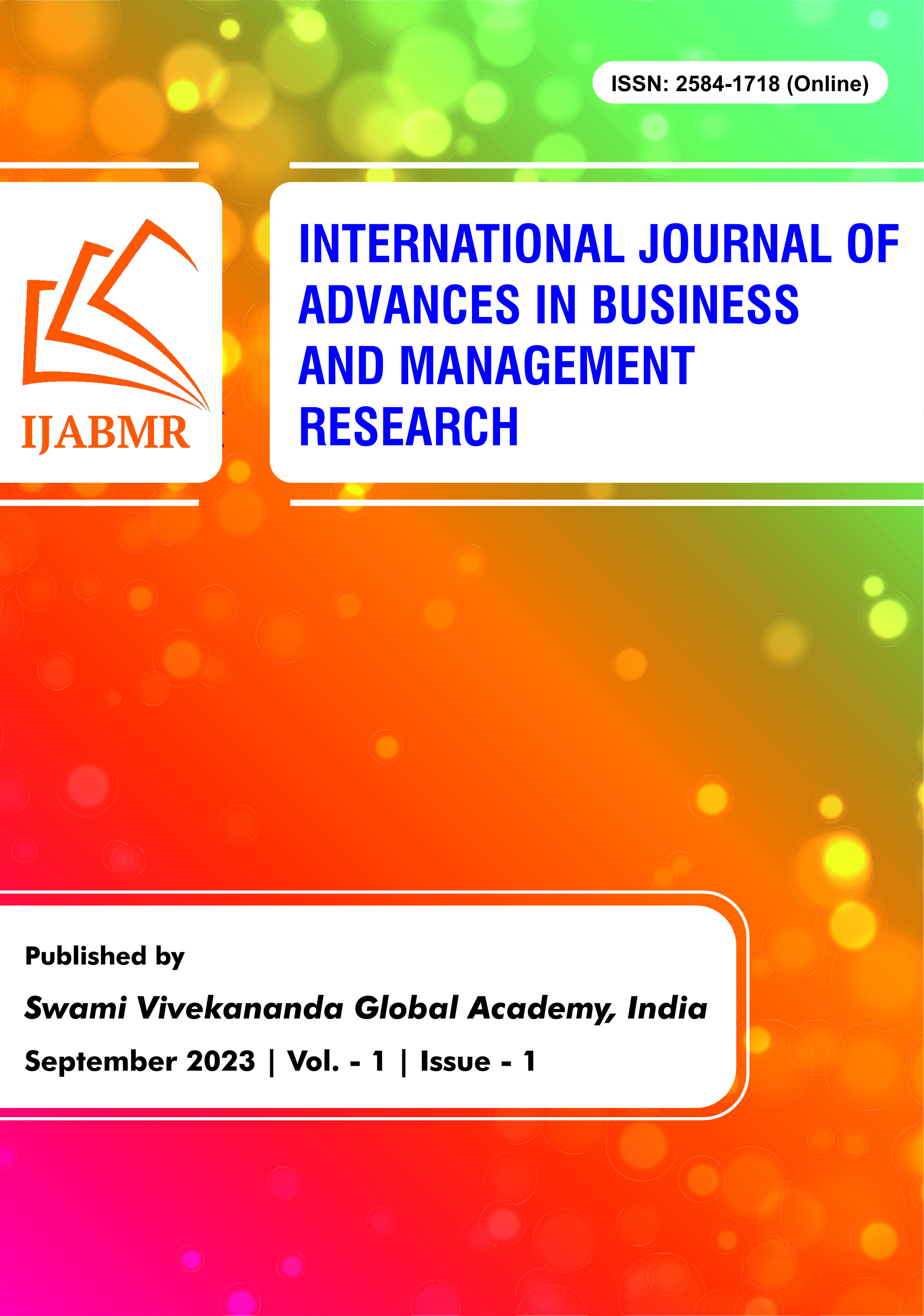Abstract
The concept of remote employee engagement refers to the degree to which employees who work remotely or off-site are actively involved in their team, their work tasks, and the overall organization. The enduring nature of remote work, a phenomenon that has experienced a notable rise in prevalence, is anticipated. Nevertheless, it is crucial to recognize that this particular approach to work may have adverse consequences for productivity levels and the overall performance of the organization. One of the main contributing factors to this phenomenon is that employees who engage in remote work frequently encounter a feeling of detachment from their respective organizations. The primary aim of this study is to determine effective approaches for promoting employee engagement in the context of a remote working team. The study is conducted using secondary data sources. The implementation of various employee engagement strategies can be beneficial for remote working teams. These strategies include establishing a robust communication infrastructure, cultivating a sense of community, promoting adaptability, recognizing achievements, and implementing reward systems.
References
- Li H, Sajjad N, Wang Q, Muhammad Ali A, Khaqan Z, Amina S. Influence of transformational leadership on employees’ innovative work behaviour in sustainable organizations: Test of mediation and moderation processes. Sustainability. 2019 Mar 15;11(6):1594. https://doi.org/10.3390/su11061594
- Dixit S, Narendran R. Impact of organisational values elements and employee engagement outcomes on business performance indicators. Asian Journal of Management. 2019;10(3):190-202. https://doi.org/10.5958/2321-5763.2019.00030.1
- Chanana N, Sangeeta. Employee engagement practices during COVID‐19 lockdown. Journal of public affairs. 2021 Nov;21(4):e2508. https://doi.org/10.1002/pa.2508
- Gaurav J. Draw closer to your employees in times of social distancing: Suggestive framework for employee engagement during lockdown due to (COVID-19). Research Gate https://www. researchgate. net/publication/342145114_D. 2020. https://www.researchgate.net/publication/342145114_D
- Yadav S, Dubey A, Chawla P, Jha S. Employee engagement strategy for employees working in virtual environment in the IT industry. Retrieve from: https://jnu. ac. in/sites/default/files/abvsme/WP-03. pdf [Retrieve on: 25/01/2023]. 2020.
- Pickard V. America's battle for media democracy: The triumph of corporate libertarianism and the future of media reform. Cambridge University Press; 2015.
- Bhatt R, Sharma M. Employee Engagement: A Tool for Talent Management, Retention and Employee Satisfaction in the IT/ITES Companies in India. CLEAR International Journal of Research in Commerce & Management. 2019 Aug 1;10(8).
- Davidescu AA, Apostu SA, Paul A, Casuneanu I. Work flexibility, job satisfaction, and job performance among Romanian employees—Implications for sustainable human resource management. Sustainability. 2020 Jul 29;12(15):6086. https://doi.org/10.3390/su12156086
- Montani F, Boudrias JS, Pigeon M. Employee recognition, meaningfulness and behavioural involvement: Test of a moderated mediation model. The International Journal of Human Resource Management. 2020 Feb 4;31(3):356-84. https://doi.org/10.1080/09585192.2017.1288153















